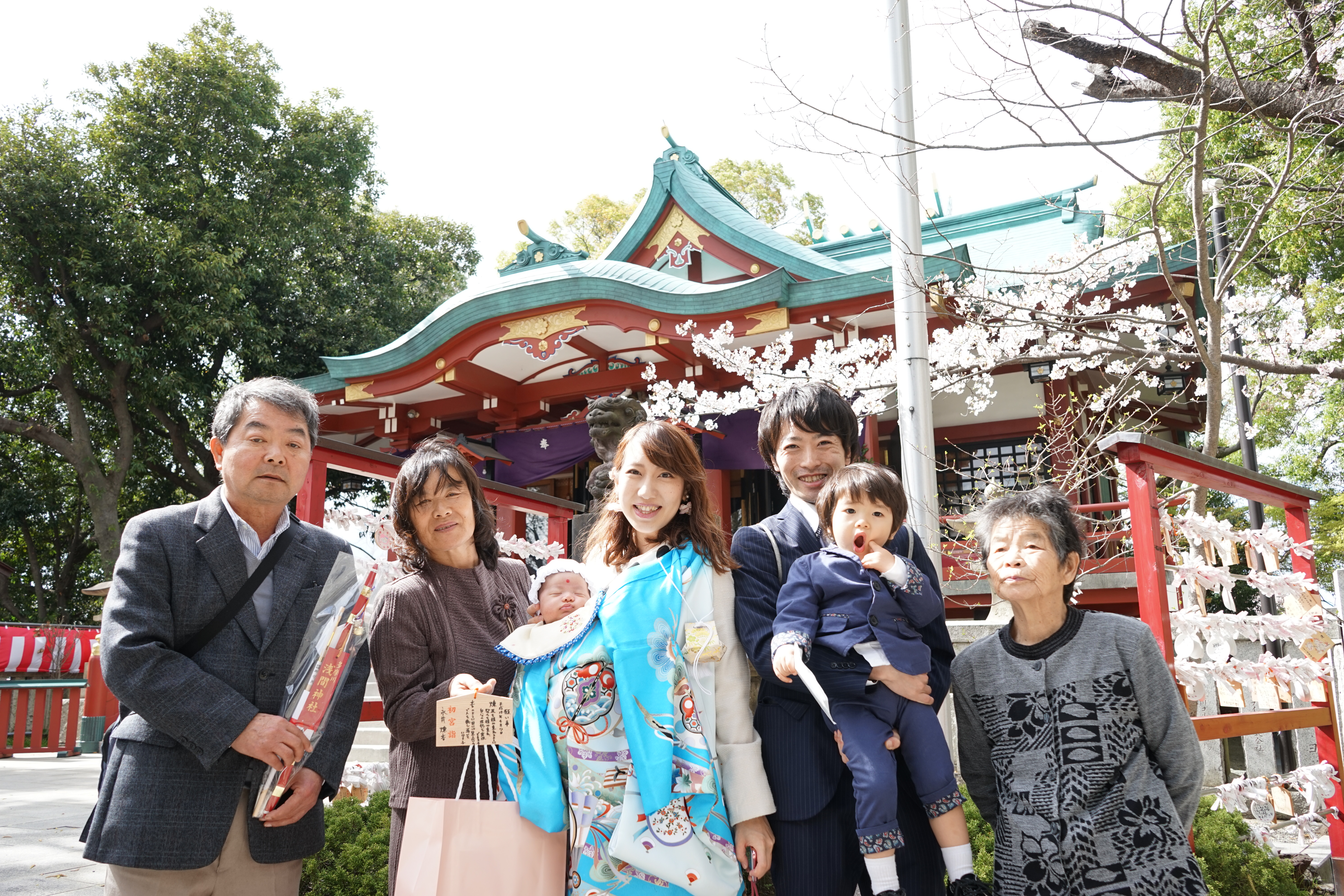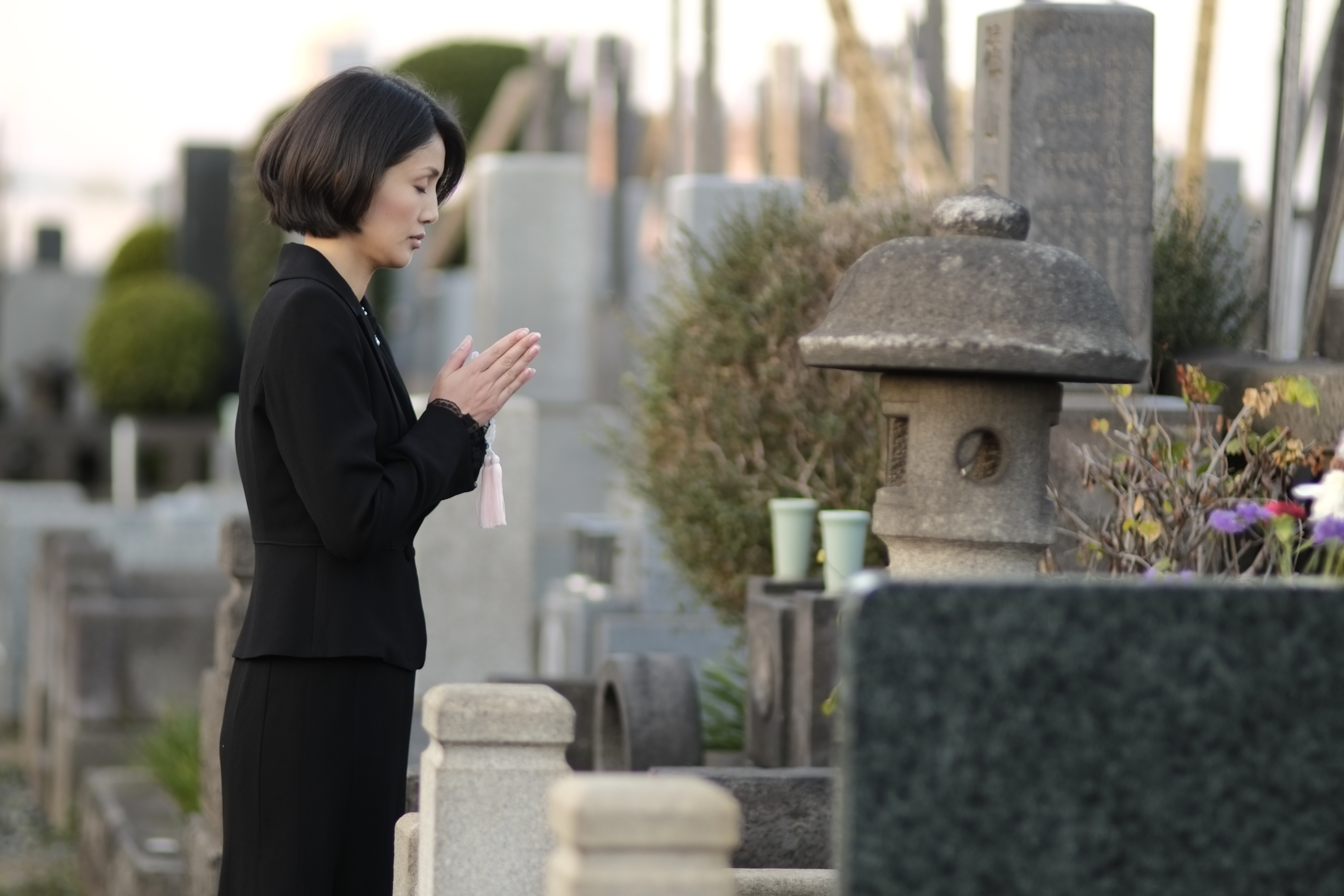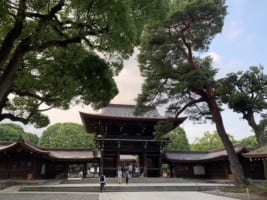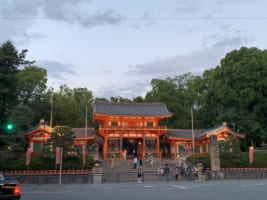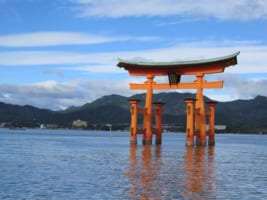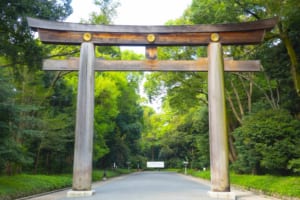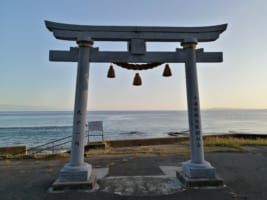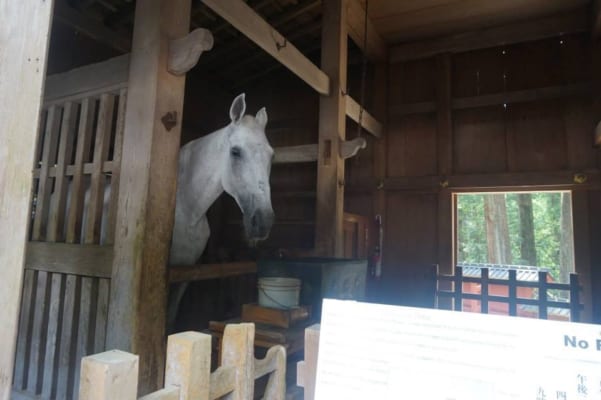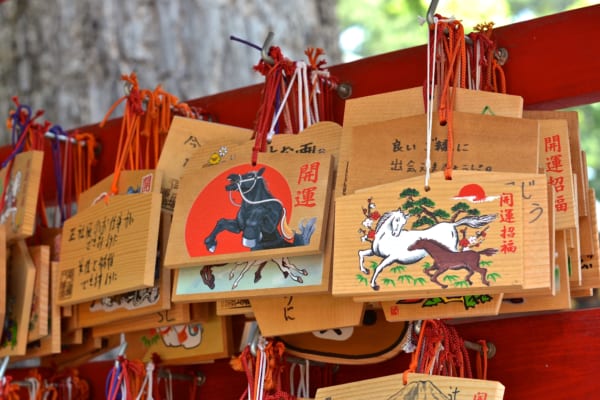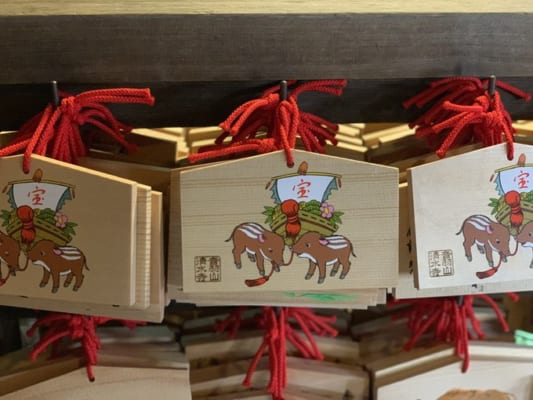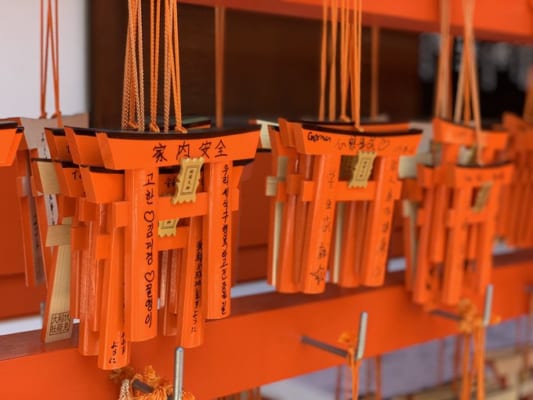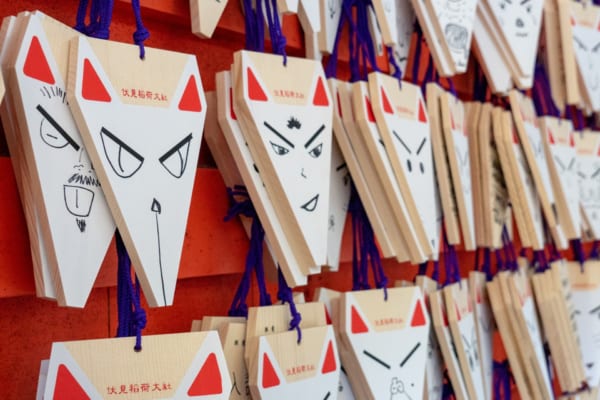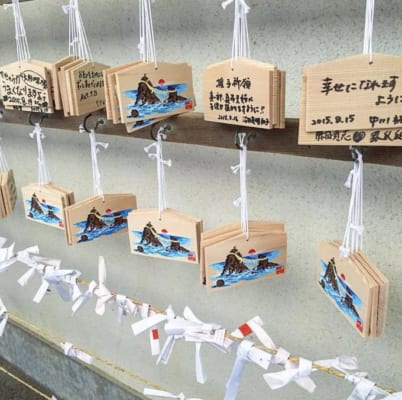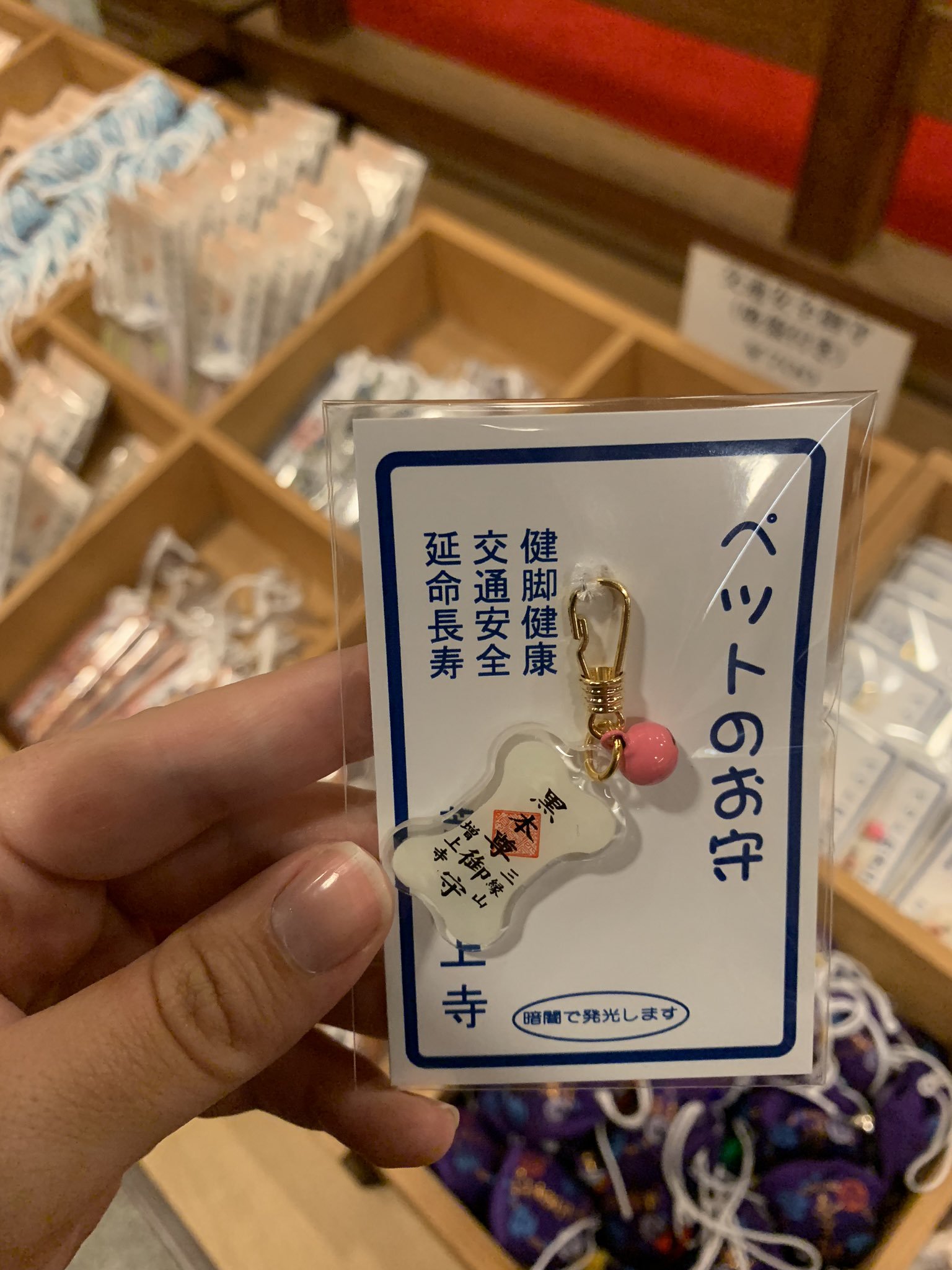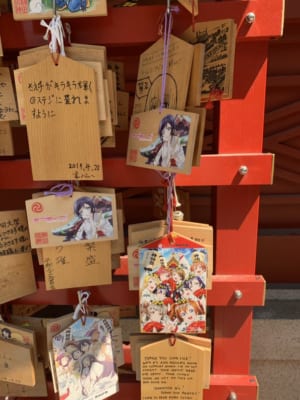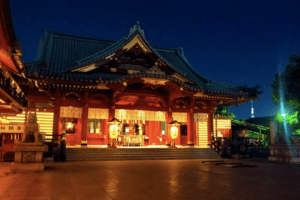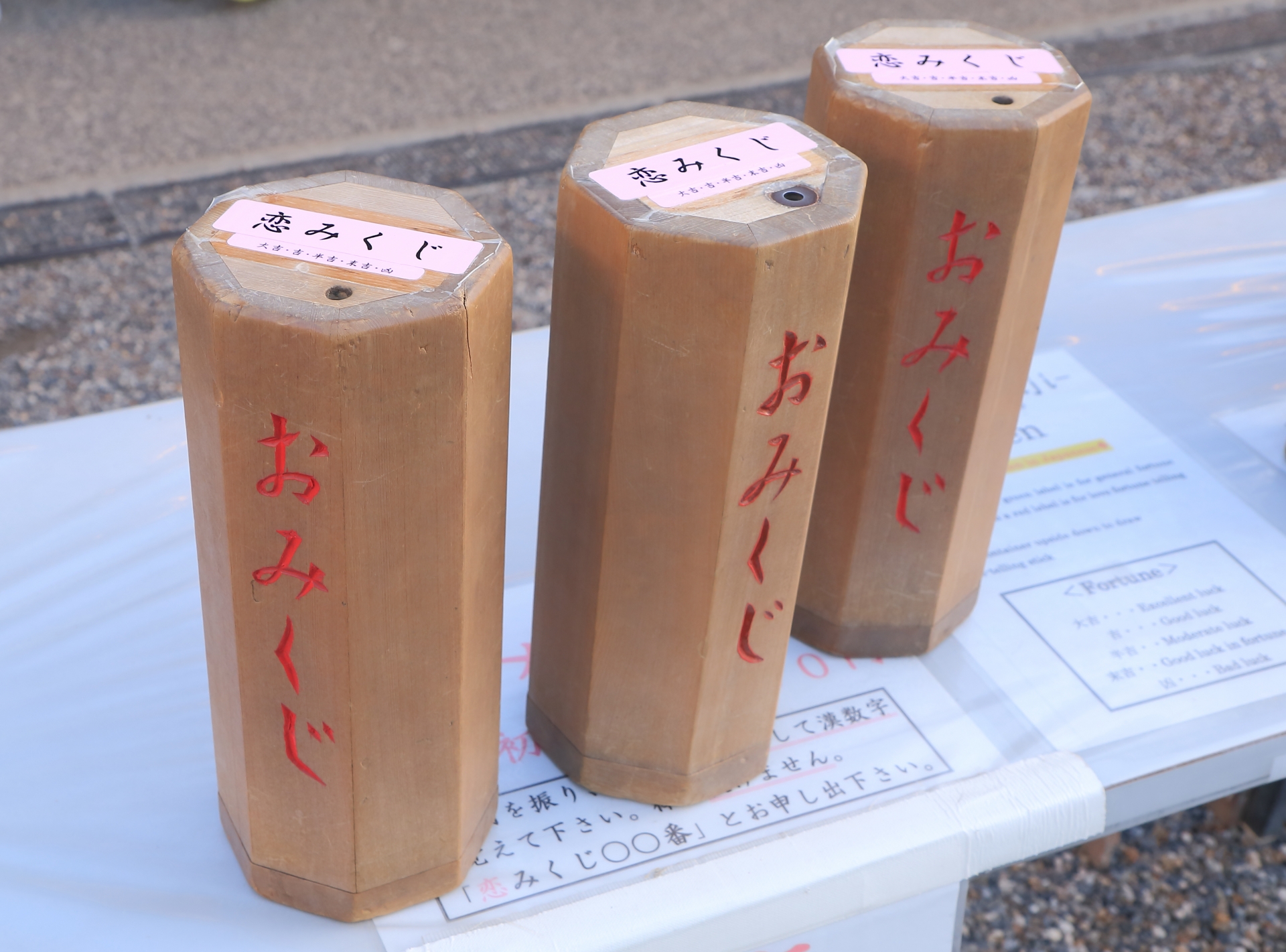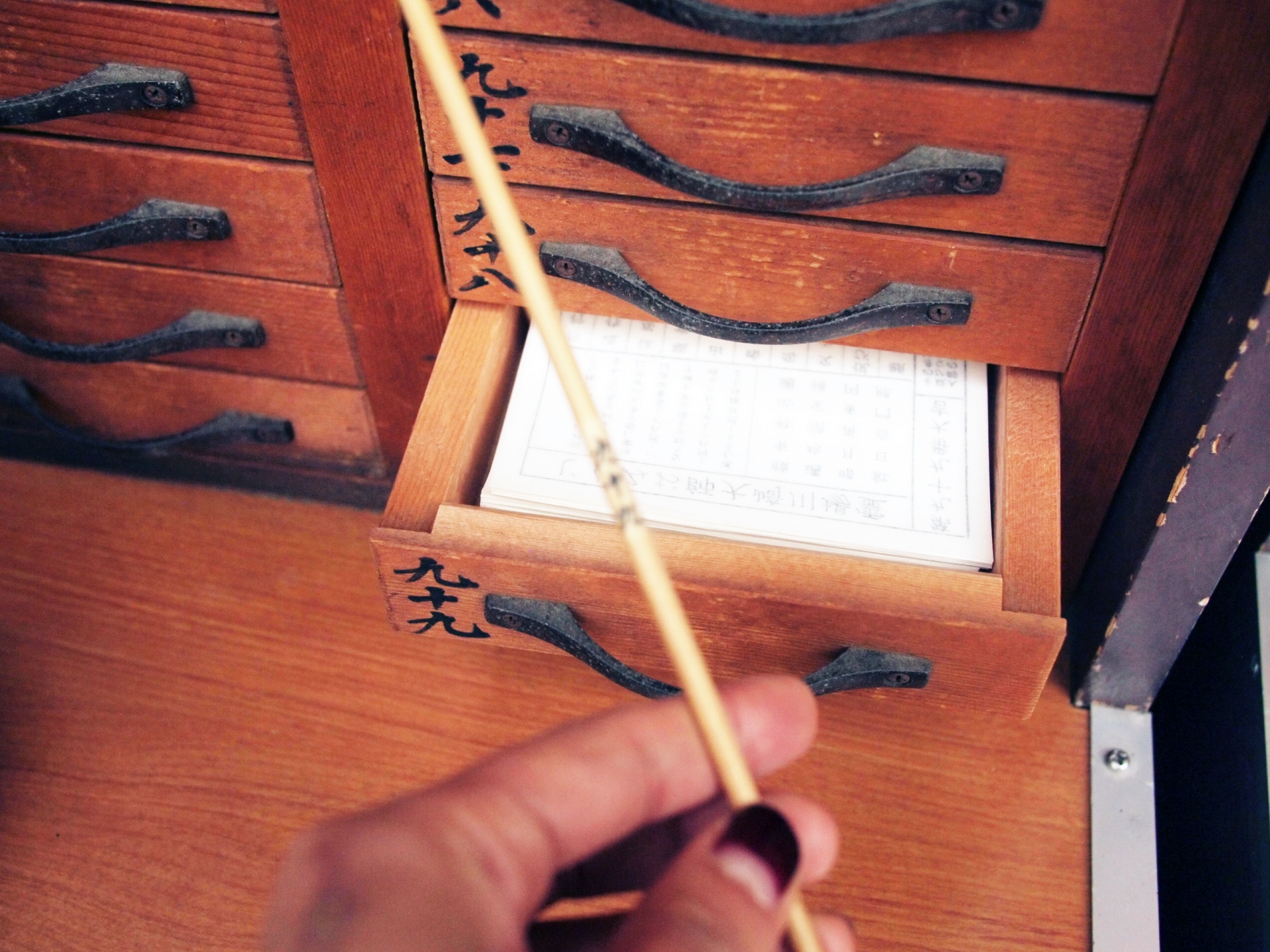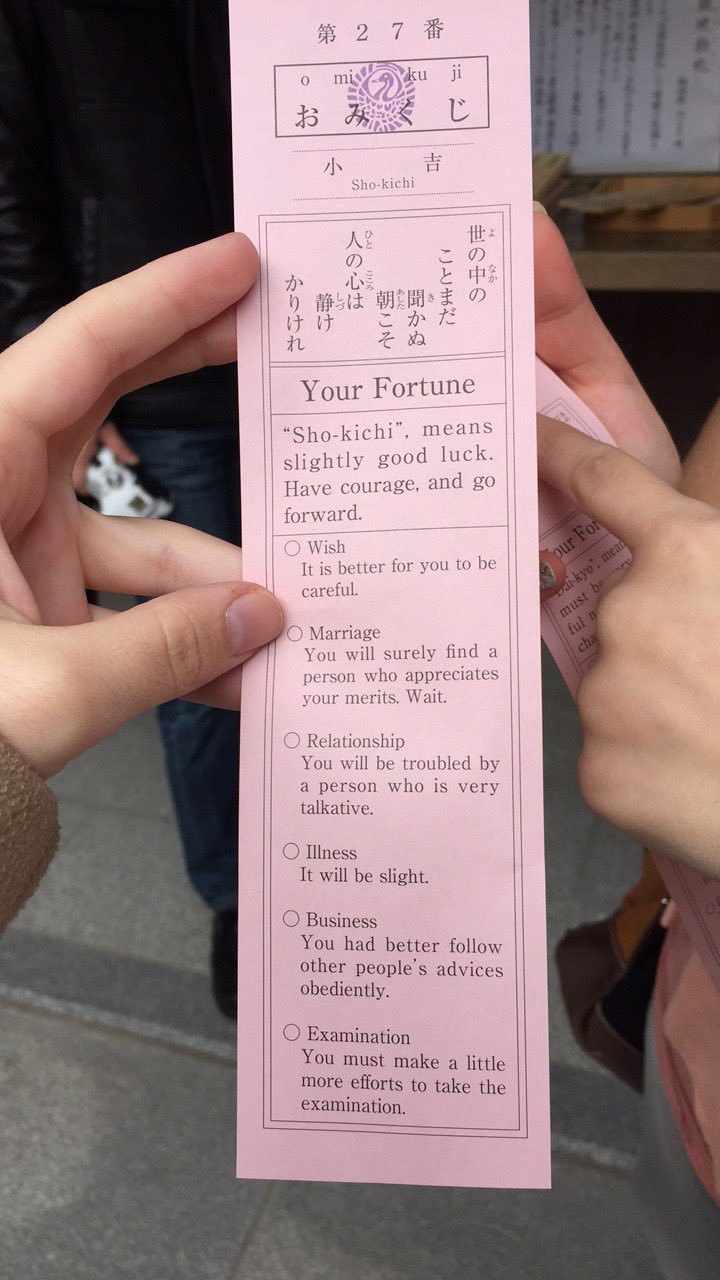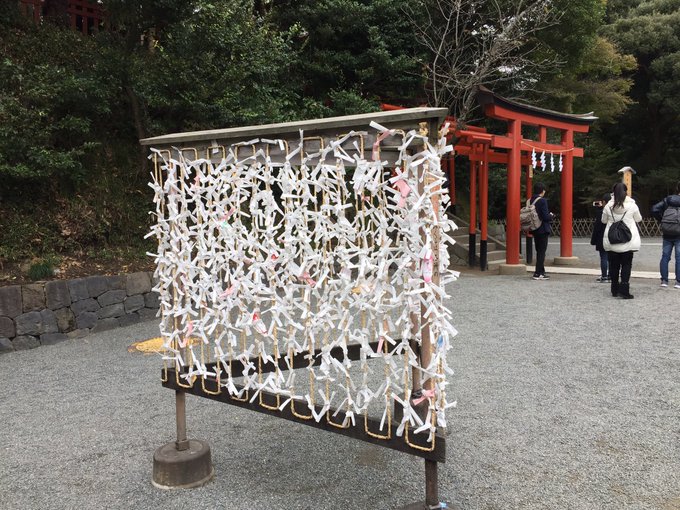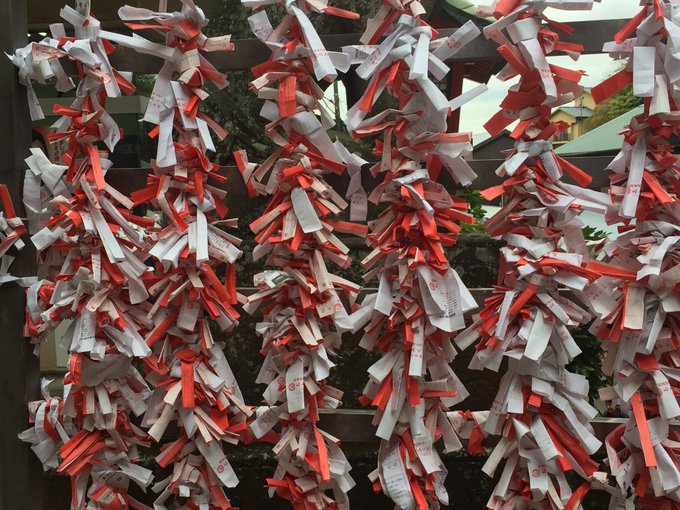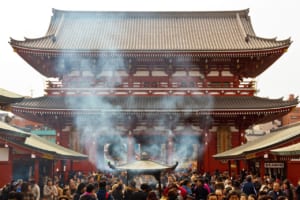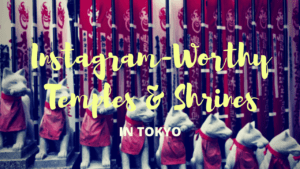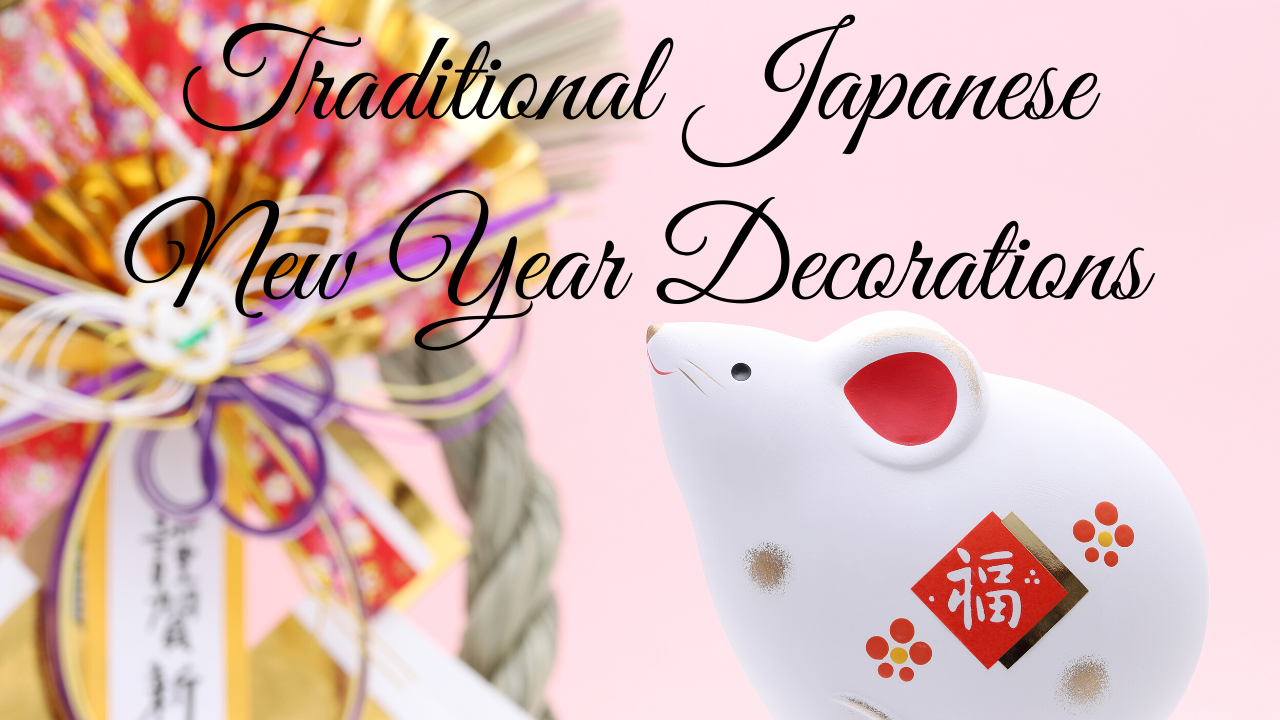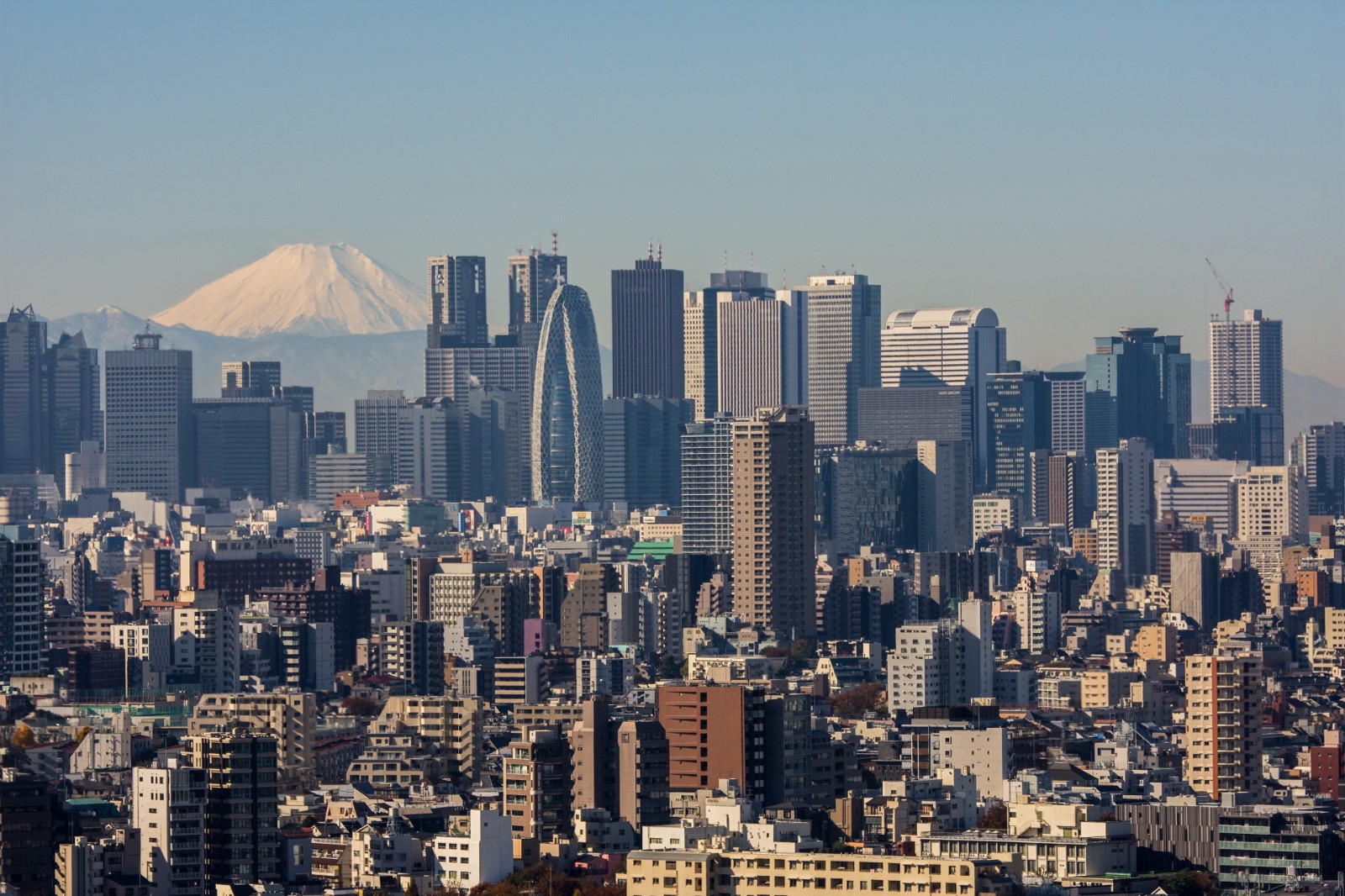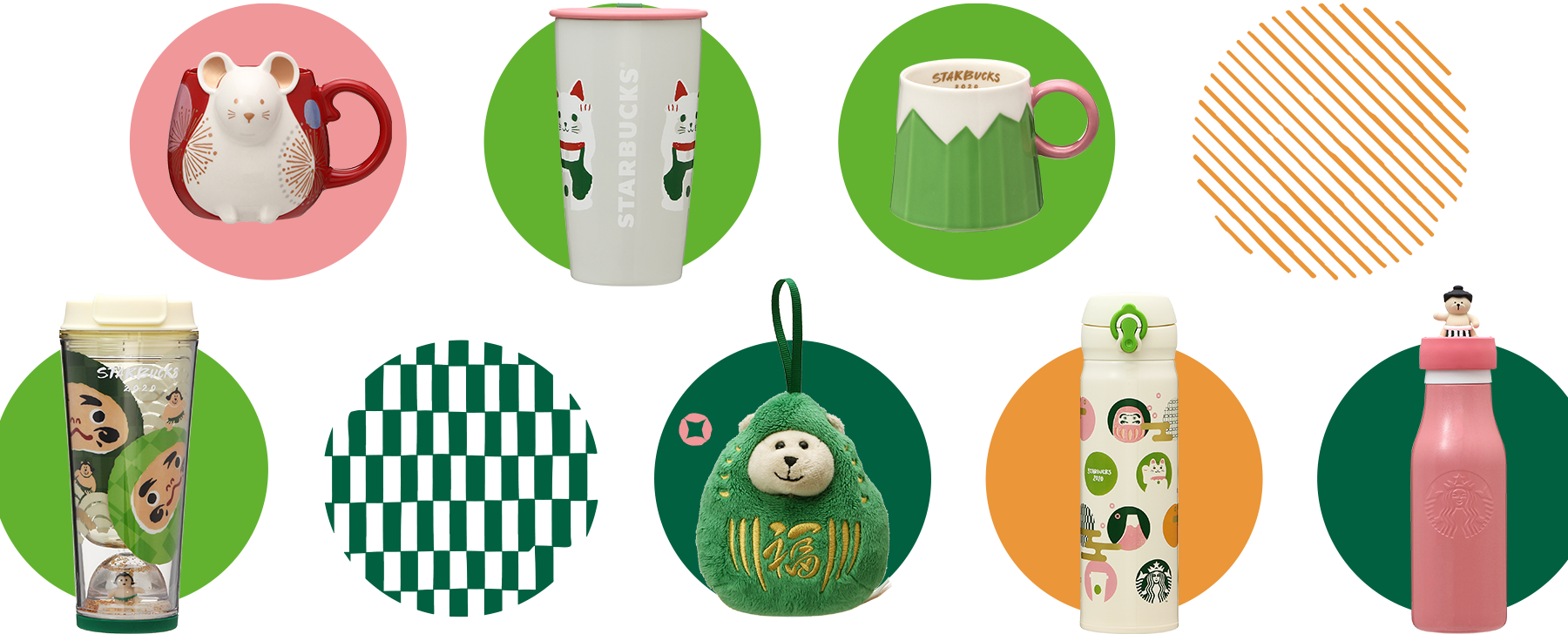Japanese Lucky Charms in Shrines and Temples
The most popular Japanese lucky charms

If you have been in Japan, you have probably visited some temple or shrine (or several) and you will have seen that they sold different objects that you may not know what they meant. They are lucky charms. In this article we‘re going explain some of them!
But first let’s start by explaining the difference between a temple and a shrine, since they’re not the same. In Japan two religions coexist: Shintoism and Buddhism. Shintoism is the religion of Japan and doesn’t exist in any other country. Buddhism came from China.
Most Japanese follow both religions. In fact, it’s often said that a Japanese is born Shinto and dies Buddhist, since at birth a Shinto rite is performed but the funeral rite is Buddhist.
This may be strange for foreigners, but, although they’re often called “religion” for simplicity, in fact, Shintoism and Buddhism aren’t religions themselves. Shinto celebrates life, and sees death as something ugly, and that is why when Buddhism came to Japan covered that part. But back to what interests us now, the temples are Buddhist and the shrines are Shinto. For example, in Tokio, Meiji Jingū (明治神宮) is a shrine and Sensoji(浅草寺) is a temple. In Kioto, the famous Kinkakuji (金閣寺) is a temple and Fushimi Inari is a shrine.
The easiest way to recognize it’s usually because of the shrines have a torii at the entrance. Although the most popular is typical in red color, there are different types of torii, such as wood or stone.
As Buddhism and Shinto have been in Japan since ancient times, they share some customs, such as some lucky charms or amulets.
Ema
Ema (絵馬) are traditional small wooden plaques in which you write your wishes in order for the Gods to read them. Ema literally means “drawn horse” or “painting of a horse”(絵 is painting or drawing and 馬 is horse). Formerly, during the Nara period (710-784), horses were seen as the “vehicles of gods” so when people wanted to make a wish in a shrine they donate them a horse as an offering to the Gods. Then the Gods would be more likely to listen to their prayers and fulfill wishes.
But of course, horses were expensive and only a few people could do that (aristocracy, samurais,etc). Then people who couldn’t afford it started using horse figures made of wood, clay or paper instead. Over time they replaced the horse figures for the small wooden plaques. During the Muromachi period (1336-1573) some shrines started to display other things instead the horses and currently each shrine has its own personalized drawing with something characteristic of that sanctuary. Some even have different forms, such as fox or torii
Omamori
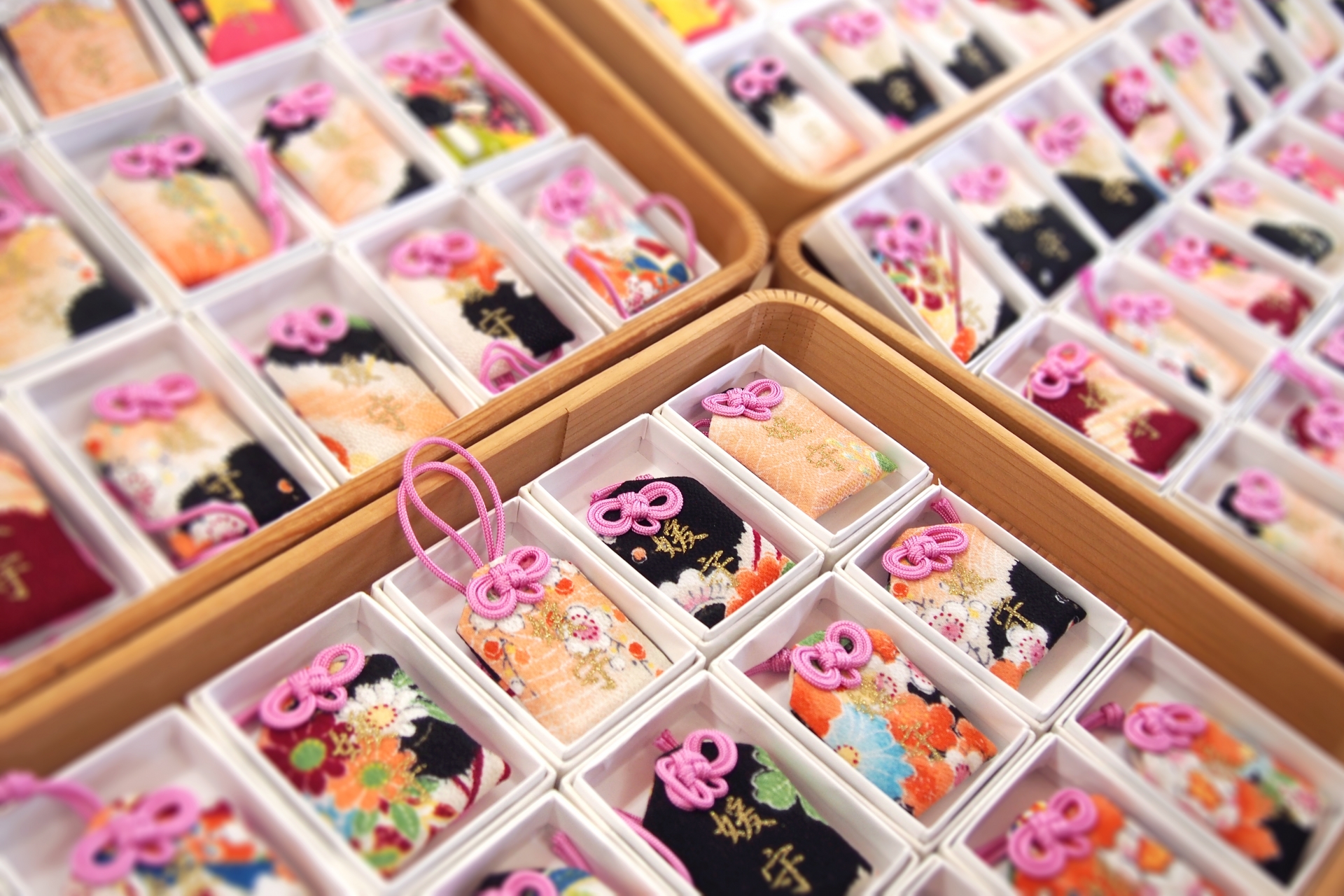
Although they’re originally from temples and shrines, they have become so popular that it’s easy to see “fake” Omamoris in souvenir and gift shops, with famous characters or anime, as Hello Kitty, Rilakuma or One Piece.
But you can found real anime Ema and Omamori in Kanda Myojin Shrine next to Akihabara.
Omikuji
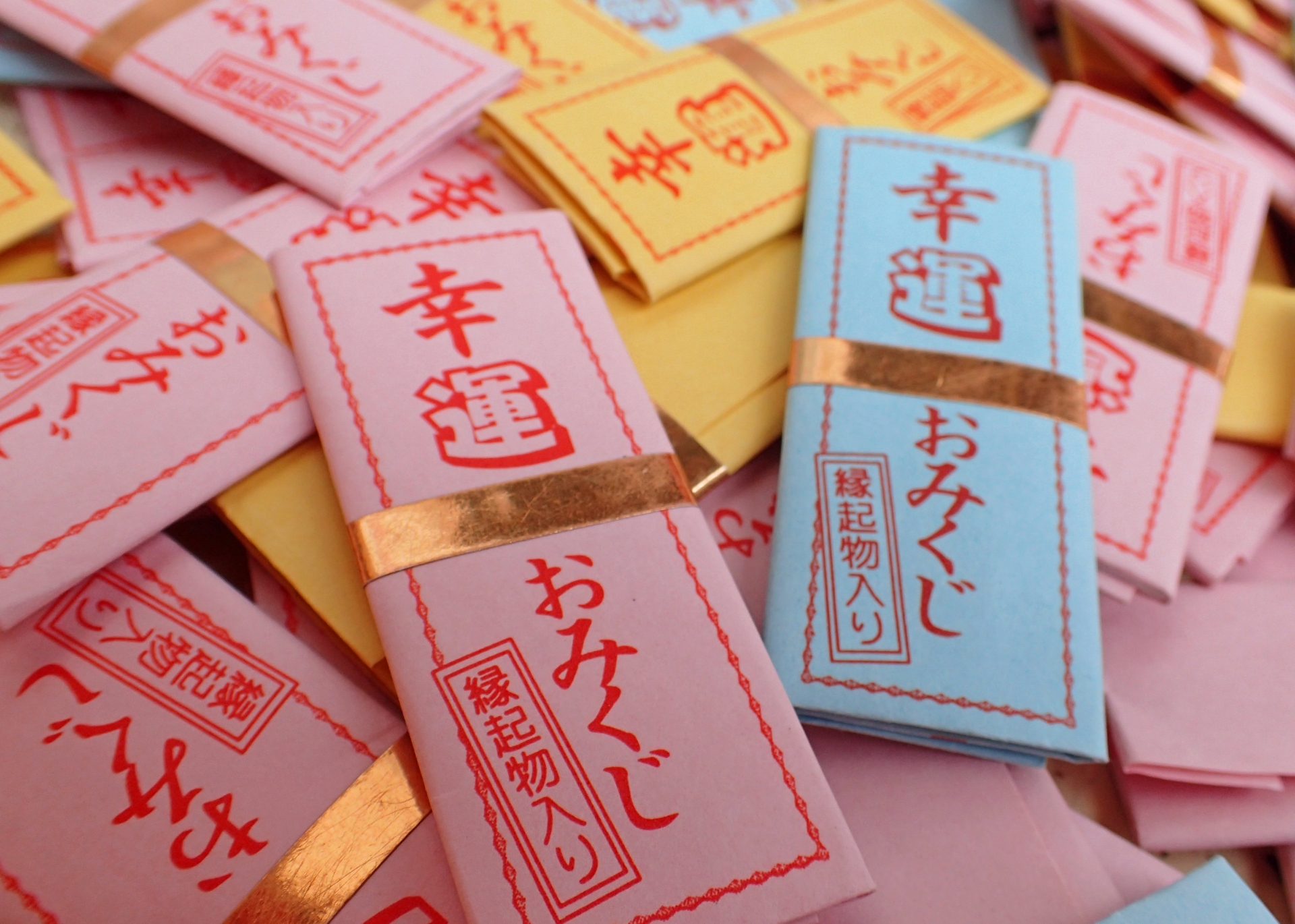
First, you have to pay a small fee (usually about 100 to 300 yen). You can find a coin box near the omikuji place. Just put the coins inside this box by yourself. Next step: shake a cylinder wood box (relatively heavy) that have numbered long and thin sticks inside (they’re called mikuji-bo). After shaking it for a few seconds, a stick comes out from the box. Read the number and place the stick back in the box. Then take a paper from the drawer with your number and discover your fortune!
Omikuji fortunes are divided into different levels of luck and misfortune:
大吉 Daikichi :Excellent luck
吉 Kichi:Good luck
中吉 Chukchi:Middle luck
小吉 Shokichi:A little luck
末吉 Suekichi: Future luck
凶 Kyo:Bad luck
This is the traditional way to get the omikuji, but there are also different ways to receive your omikuji. For example, in some temples and shrines comes in the mascot of a cat or fish. Or even in vending machines.
If you got bad luck don’t worry! The tradition is to fold up the strip of paper and tie it to a pine tree or a wall of metal wires alongside other bad fortunes in the temple or shrine grounds. A purported reason for this custom is a pun on the word for pine tree (松 matsu) and the verb ‘to wait’ (待つ matsu), the idea being that the bad luck will wait by the tree rather than attach itself to the bearer.
▽ Related Articles ▽
▼ Editor’s Picks ▼
Written by
From Barcelona to Tokyo. Coffee & Adventure lover.
I started to like Japan because of the anime, music and dramas, but after my first trip to the country I found what I love the most: traveling around, the culture and history. I have travelled a lot in Japan, but I still have many places to discover that I want to share with you. Let’s discover Japan together!
Also, as a foreigner living in Japan for over 6 years I understand what kind of things are difficult when you move here and I want to help other people in the same situation that I have in the past.





